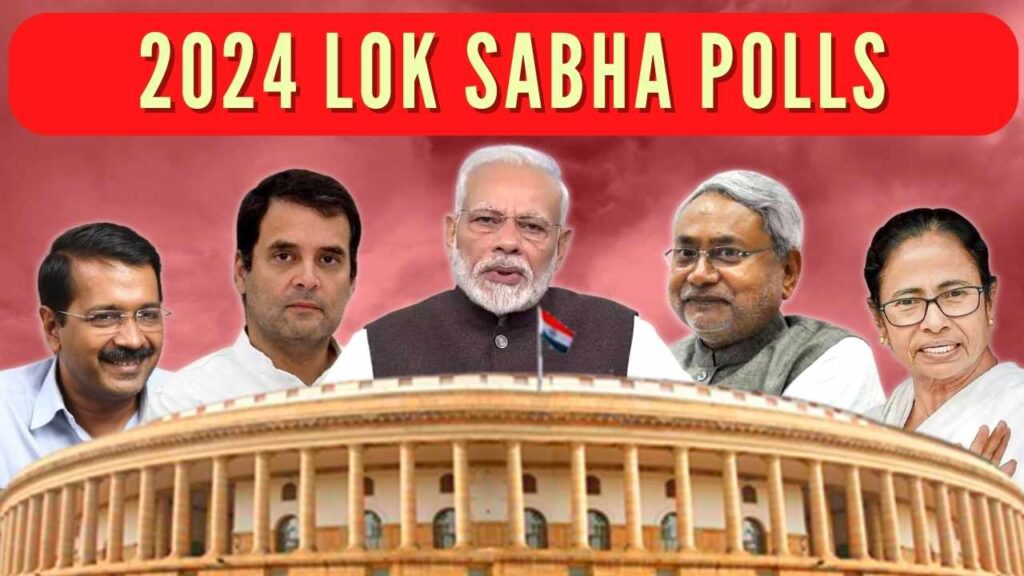The dust has settled, the ballots have been counted, and the fate of India’s political landscape for the next term has been determined. The 2024 Lok Sabha elections have drawn to a close, leaving Prime Minister of India Narendra Modi poised to lead the nation for a historic third consecutive term. The Election Commission of India has declared the results, with the Bharatiya Janata Party (BJP) emerging victorious in 240 out of 543 seats, while the Congress secured 99 seats.
Despite the Lok Sabha comprising 543 members, counting was conducted for 542 seats following the uncontested election of BJP’s Surat candidate, Mukesh Dalal. With the BJP falling short of the coveted 272-majority mark, the party will lean on its allies within the National Democratic Alliance (NDA) to form the government. The NDA, led by the BJP, has secured a majority in the Lok Sabha, paving the way for Narendra Modi’s triumphant return to power.
However, the BJP’s victory was not without its challenges. Securing 240 seats, the saffron party found itself in need of additional support from key allies, Chandrababu Naidu and Nitish Kumar. Naidu’s Telugu Desam Party (TDP) and Kumar’s Janata Dal (United), with a combined total of 28 Lok Sabha seats, hold the keys to Modi’s third term as Prime Minister. The stakes are high, as a potential defection by these allies could tip the balance against the ruling NDA, leaving it seven seats short of the majority required to govern.
In the aftermath of the elections, all eyes are on Naidu and Kumar as they prepare to attend the NDA meeting in New Delhi. Their decision regarding support for the BJP-led coalition will undoubtedly shape the course of Indian politics in the coming years. As two influential leaders within the NDA bloc, their demands for concessions and resources in exchange for support will be closely scrutinised.
Prime Minister of India Narendra Modi hailed the election results as a triumph for democracy, emphasising the faith placed in his party and the NDA coalition by Indian voters. The BJP’s victory, while not achieving an outright majority, underscores the continued dominance of Modi’s leadership and the party’s appeal to voters across the nation.
In contrast, the Congress party, while improving its tally from the previous elections, fell short of posing a significant challenge to the BJP’s dominance. With 99 seats secured, the Congress has demonstrated resilience but faces an uphill battle in regaining its former stature as India’s leading political force.

Among the noteworthy performances in the elections were those of key regional parties. The Samajwadi Party’s success in winning 37 seats in Uttar Pradesh, a traditional stronghold of the BJP, marks a significant upset for Modi’s party. Similarly, the All India Trinamool Congress’s victory in West Bengal and the Dravida Munnetra Kazhagam’s success in Tamil Nadu signal the enduring strength of regional politics in India.
As the dust settles and the newly elected representatives prepare to take their seats in the Lok Sabha, the stage is set for Narendra Modi to embark on his third term as Prime Minister of India. With the support of his allies within the NDA and a renewed mandate from the Indian electorate, Modi faces the daunting task of addressing the nation’s pressing challenges and steering India towards a brighter future.
FAQ:
Who is the New Prime Minister of India?
Prime Minister Narendra Modi is likely to stake claim to form the new government at the Centre later on 5th June 2024. Nitish Kumar and all other NDA members elected PM Modi as their leader again.
When did PM Modi resigned in 2024?
PM Modi resigns along with the Union Council of Ministers on 5th June 2024.The President of India Droupadi Murmu accepted the PM Modi resignation on 5th June 2024 and requested all Ministers to continue in office till the new Government is formed as per Rashtrapati Bhavan information.
When did PM Narender Modi take oath in 2024?
Narendra Modi likely to take oath as a New Prime Minister of India on Sunday, June 9, at around 7:15 pm as per NDA and media reports.











